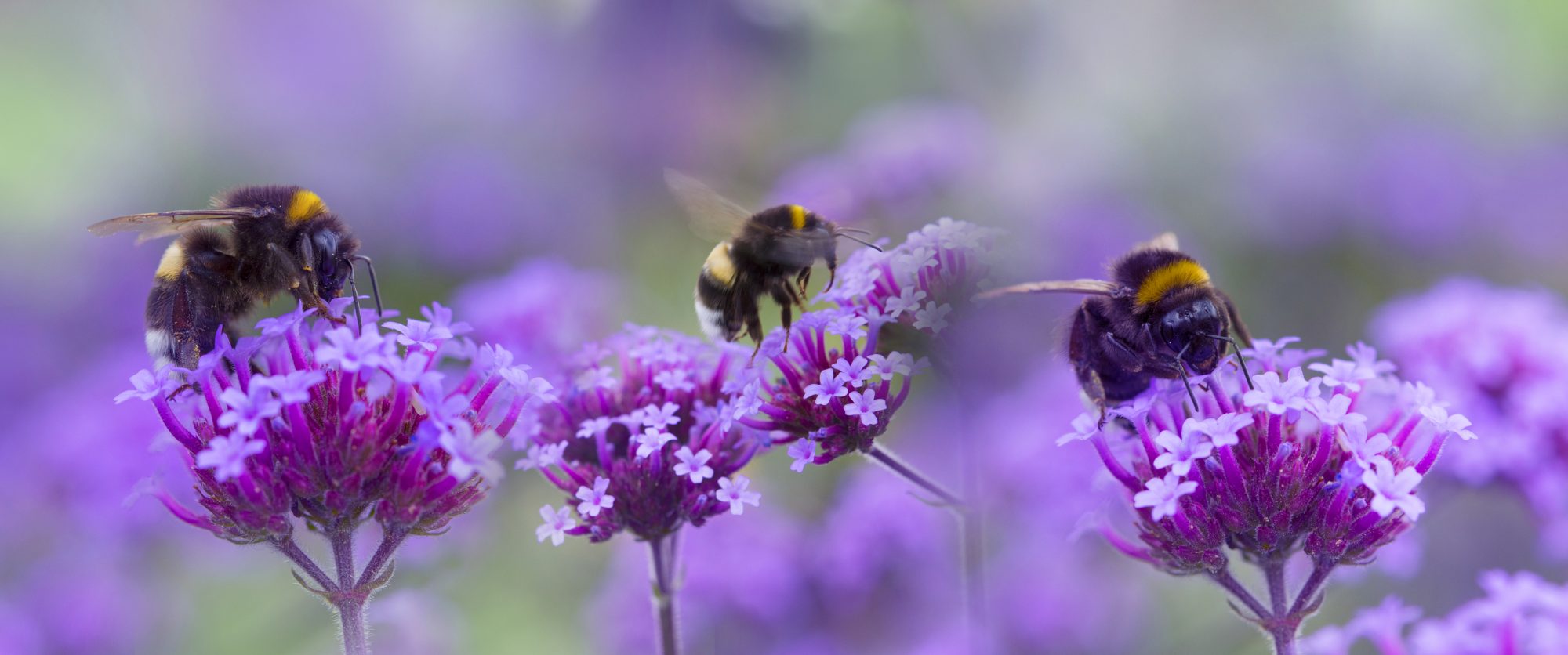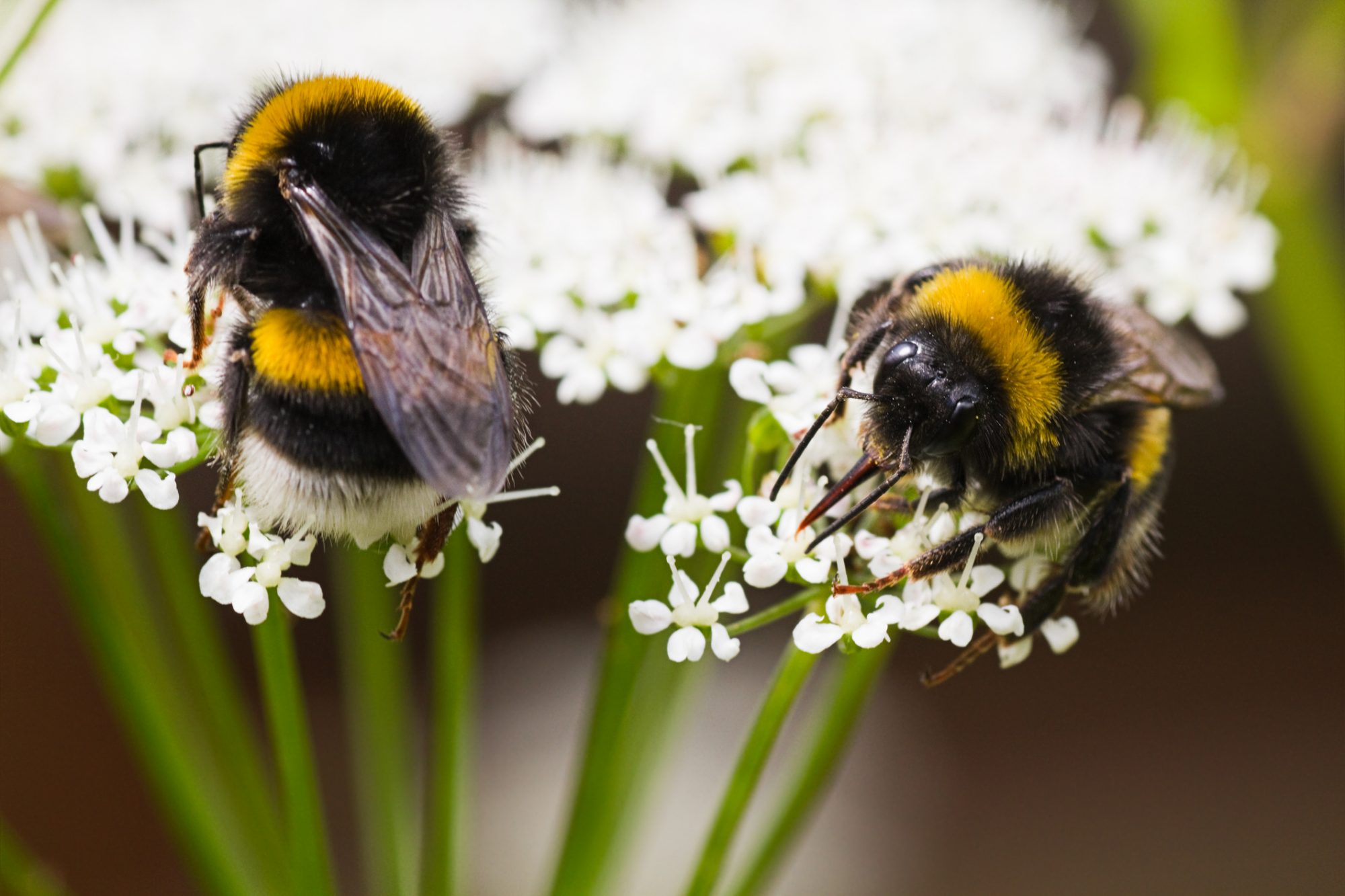Large bees will decline in population size, as smaller bees are more resistant to climate change – due to better heat tolerance
Potentially threatening numerous ecosystems, large bees and comb-building cavity nesters are declining in abundance as temperatures increase. Meanwhile, smaller, soil-nesting bees have increased.
Large bees, such as bumblebees, have lower heat tolerance, making them more susceptible to climate change and the warming climate. This decline in bees can cause “cascading” effects on plant pollination, affecting many ecosystems, including humans.
Insects are the world’s top pollinators. According to the UN, up to three-quarters of global food crops depend on animal pollination, including cocoa, coffee, almonds, and cherries,
Unfortunately, due to climate change, nearly half of all insect species worldwide are declining in population, and a third could disappear altogether by the century’s end.
75% of 115 top global food crops depend on pollination
Analysing over 20,000 bees over eight years, scientists from the US studied bees to find out how different species reacted to climate change, using climatic conditions mirroring temperature patterns affecting the Earth.
The environmental conditions of the Rocky Mountains, where the study was taken, did vary yearly. However, the sub-alpine region from which they took samples was “particularly vulnerable to climate change”, with generally warming spring temperatures and earlier snowmelt.
The authors said: “Our research suggests that climate-induced changes in temperature, snowpack and summer precipitation may drastically reshape bee communities.”
The reductions were seen the most among bigger bees, such as in the families of bumblebee, leafcutters, and mason bees, with higher temperatures.
Declines were particularly seen in bumblebee populations – researchers suggest “this group is more threatened under climate warming than other bees in our system”.

One in six bee species is regionally extinct, somewhere in the world
Additionally, bumblebees’ large body size and nest behaviour could also make them more vulnerable in a warming world, and climate-driven changes to pollinator communities “could have cascading effects on pollination and ecosystem functioning”.
The effects include losing bumblebees – which generally fly further for food – which can insinuate a reduction in longer-distance pollination, affecting global food security.
Researchers suggest that other studies conducted across the US also demonstrated declines in larger bees in response to environmental changes. Though this study was specifically focused on mountainous areas, other places are experiencing similar patterns to bee populations also.
The main drivers of bee extinction currently are habitat loss and pesticide use.












This article is good to find research.